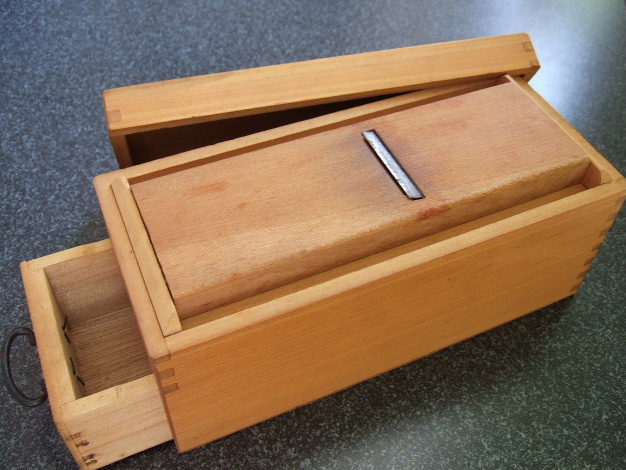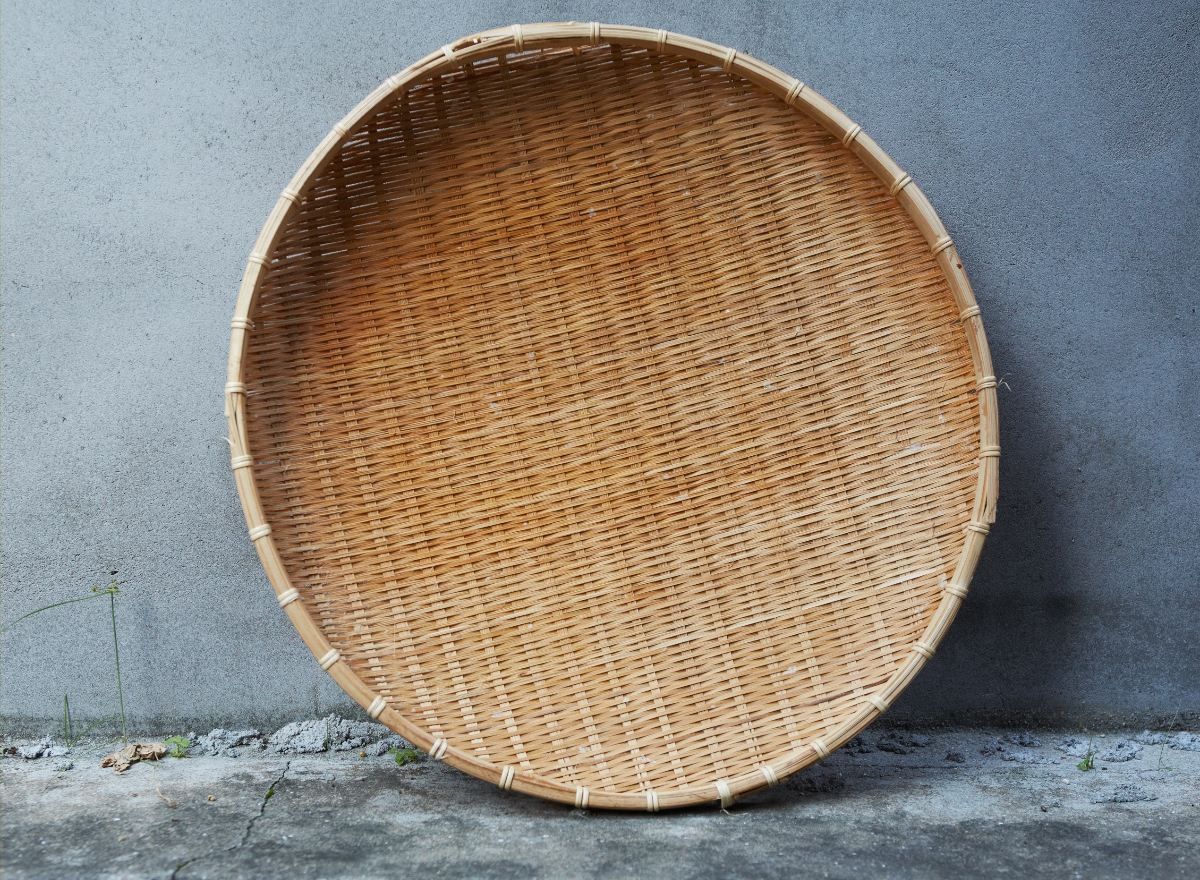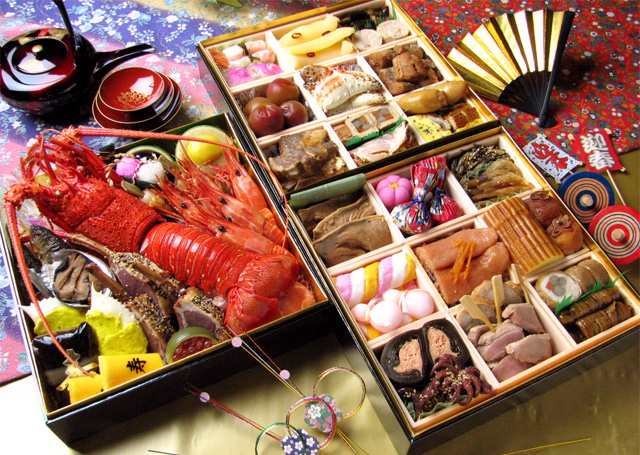|
Zaru
A is generally a flat or shallow basket made from bamboo used in the preparation and presentation of Cuisine of Japan, Japanese cuisine. It also has variations made of plastic or metal similar to a strainer, sieve or colander. ''Zaru'' are air dried after use to prevent the growth of bacteria or Fungus, fungi on the mat and extend their lifespan. However, drying in harsh sunlight can cause the bamboo of the ''zaru'' to crack. Reflecting the zaru's capacity to soak up liquid, this term is also used as slang for a person who can drink a lot of alcohol without showing signs of inebriation. File:Zaru.jpg, ''Zaru'' made from bamboo File:Seiro_soba_at_Takasho_in_Nezu,_Tokyo.jpg, ''Soba'' served on a ''zaru'' See also * List of Japanese cooking utensils * Chinois * Filter (chemistry), Filter * Sieve * Sokuri References External links * Japanese food preparation utensils {{cooking-tool-stub ... [...More Info...] [...Related Items...] OR: [Wikipedia] [Google] [Baidu] |
Soba
Soba ( or , "buckwheat") are Japanese noodles made primarily from buckwheat flour, with a small amount of wheat flour mixed in. It has an ashen brown color, and a slightly grainy texture. The noodles are served either chilled with a dipping sauce, or hot in a noodle soup. They are used in a wide variety of dishes. In Japan, soba noodles can be found at fast food venues like to expensive specialty restaurants. Dried soba noodles are sold in stores, along with ''List of Japanese condiments#Mentsuyu, men-tsuyu'', or instant noodle broth, to make home preparation easy. The amino acid balance of the protein in buckwheat, and therefore in soba, is well matched to the needs of humans and can complement the amino acid deficiencies of other staples such as rice and wheat (see protein combining). The tradition of eating soba arose in the Edo period. Etymology The word ''soba'' (蕎麦) means "buckwheat" (''Fagopyrum esculentum''). The full name for buckwheat noodles is ''soba-kiri' ... [...More Info...] [...Related Items...] OR: [Wikipedia] [Google] [Baidu] |
Sieve
A sieve (), fine mesh strainer, or sift is a tool used for separating wanted elements from unwanted material or for controlling the particle size distribution of a sample, using a screen such as a woven mesh or net or perforated sheet material. The word ''sift'' derives from ''sieve''. In cooking, a sifter is used to separate and break up clumps in dry ingredients such as flour, as well as to aerate and combine them. A strainer (see colander), meanwhile, is a form of sieve used to separate suspended solids from a liquid by filtration. Sieving Sieving is a simple technique for separating particles of different sizes. A sieve such as used for sifting flour has very small holes. Coarse particles are separated or broken up by grinding against one another and the screen openings. Depending upon the types of particles to be separated, sieves with different types of holes are used. Sieves are also used to separate stones from sand. Sieving plays an important role in food ind ... [...More Info...] [...Related Items...] OR: [Wikipedia] [Google] [Baidu] |
Colander
A colander (or cullender) is a kitchen utensil perforated with holes used to strain foods such as pasta or to rinse vegetables. The perforations of the colander allow liquid to drain through while retaining the solids inside. It is sometimes called a pasta strainer. A sieve, with much finer mesh, is also used for straining. Description and history Traditionally, colanders are made of a light metal, such as aluminium or thinly rolled stainless steel Stainless steel, also known as inox, corrosion-resistant steel (CRES), or rustless steel, is an iron-based alloy that contains chromium, making it resistant to rust and corrosion. Stainless steel's resistance to corrosion comes from its chromi .... Colanders are also made of plastic, silicone, ceramic, and enamelware. The word ''colander'' comes from the Latin , meaning sieve. Types * Bowl- or cone-shaped – the usual colander * Mated colander pot – a colander inside a cooking pot, allowing the food to drain as it is l ... [...More Info...] [...Related Items...] OR: [Wikipedia] [Google] [Baidu] |
List Of Japanese Cooking Utensils
The following items are common Japanese cooking tools used in preparing Japanese cuisine. For a list of general cooking tools see the list of food preparation utensils. Knives *'' Deba bōchō'': kitchen carver for meat and fish *'' Fugu hiki'', ''Tako hiki'', and '' yanagi ba'': ''sashimi'' slicers *'' Nakiri bōchō'' and '' usuba bōchō'': vegetable knives for vegetables *'' Oroshi hocho'' and '' hancho hocho'': extremely long knives to fillet tuna *'' Santoku'': general purpose knife influenced by European styles *'' Udon kiri'' and '' soba kiri'': knife to make udon and soba *'' Unagisaki hōchō'': eel knife Pots, pans, and bowls *'' Abura kiri'': drainer tray for oils *'' Agemono nabe'': deep frying pot *'' Donabe'': ceramic pot for use on an open flame *'' Hangiri'': rice barrel *'' Makiyakinabe'': rectangular pan for '' tamagoyaki'' *'' Mushiki'' and '' seiro'': steamers *'' Otoshi buta'': drop lid *'' Suihanki/rice cooker'': electric appliance for cooking rice *'' ''su ... [...More Info...] [...Related Items...] OR: [Wikipedia] [Google] [Baidu] |
Chinois
A chinois ( , , ), also known as a bouillon strainer, is a conical sieve with an extremely fine mesh. It is used to strain custards, purees, soups, and sauces, producing a very smooth texture. It can also be used to dust food with a fine layer of powdered ingredient. Etymology ''Chinois'' is a loanword from the French language, French adjective meaning 'China, Chinese'. French cooks call it this not because this kitchen tool comes from China but because it resembles an Asian conical hat. Comparison with the China Cap A similarly shaped utensil is the China cap (also named for its resemblance to Asian conical hats). It is a perforated metal conical strainer with much larger holes than a chinois. A China cap is used to remove seeds and other coarse matter from soft foods, but produces a coarser-textured product than the chinois. Both the chinois and the China cap often are used with a cone-shaped pestle. With the pestle tip placed in the bottom of the strainer, it is rolled ... [...More Info...] [...Related Items...] OR: [Wikipedia] [Google] [Baidu] |
Sieve
A sieve (), fine mesh strainer, or sift is a tool used for separating wanted elements from unwanted material or for controlling the particle size distribution of a sample, using a screen such as a woven mesh or net or perforated sheet material. The word ''sift'' derives from ''sieve''. In cooking, a sifter is used to separate and break up clumps in dry ingredients such as flour, as well as to aerate and combine them. A strainer (see colander), meanwhile, is a form of sieve used to separate suspended solids from a liquid by filtration. Sieving Sieving is a simple technique for separating particles of different sizes. A sieve such as used for sifting flour has very small holes. Coarse particles are separated or broken up by grinding against one another and the screen openings. Depending upon the types of particles to be separated, sieves with different types of holes are used. Sieves are also used to separate stones from sand. Sieving plays an important role in food ind ... [...More Info...] [...Related Items...] OR: [Wikipedia] [Google] [Baidu] |
Sokuri
''Sokuri'' (, ) is a round, rimmed woven basket made of finely-split bamboo. It is used for straining washed grains, drying vegetables, or draining fried food in Korea. It measures between 25 and 50 cm in diameter, and has a standing contour measuring some 4 cm. Gallery Persimmons and soybeans.jpg, Persimmons and soybeans on ''sokuri'' Dongtae-jeon.jpg, '' Dongtae- jeon'' on ''sokuri'' See also * Bamboo weaving * ''Wanchojang'' * ''Zaru A is generally a flat or shallow basket made from bamboo used in the preparation and presentation of Cuisine of Japan, Japanese cuisine. It also has variations made of plastic or metal similar to a strainer, sieve or colander. ''Zaru'' are air ...'' References Bamboo weaving Basket weaving Crafts Food storage containers Kitchenware Korean cuisine Korean food preparation utensils {{Kitchenware-stub ... [...More Info...] [...Related Items...] OR: [Wikipedia] [Google] [Baidu] |
:Category:Japanese Words And Phrases ...
{{Commons Words and phrases by language Words Words Words A word is a basic element of language that carries meaning, can be used on its own, and is uninterruptible. Despite the fact that language speakers often have an intuitive grasp of what a word is, there is no consensus among linguists on its ... [...More Info...] [...Related Items...] OR: [Wikipedia] [Google] [Baidu] |
Cuisine Of Japan
Japanese cuisine encompasses the regional and traditional foods of Japan, which have developed through centuries of political, economic, and social changes. The traditional cuisine of Japan ( Japanese: ) is based on rice with miso soup and other dishes with an emphasis on seasonal ingredients. Side dishes often consist of fish, pickled vegetables, tamagoyaki, and vegetables cooked in broth. Common seafood is often grilled, but it is also sometimes served raw as sashimi or as sushi. Seafood and vegetables are also deep-fried in a light batter, as '. Apart from rice, a staple includes noodles, such as soba and udon. Japan also has many simmered dishes, such as fish products in broth called , or beef in and . Historically influenced by Chinese cuisine, Japanese cuisine has also opened up to influence from Western cuisines in the modern era. Dishes inspired by foreign food—in particular Chinese food—like ramen and , as well as foods like spaghetti, curry and hamburgers, have ... [...More Info...] [...Related Items...] OR: [Wikipedia] [Google] [Baidu] |
Global Adventures In Extreme Cuisines
Global may refer to: General *Globe, a spherical model of celestial bodies *Earth, the third planet from the Sun Entertainment * ''Global'' (Paul van Dyk album), 2003 * ''Global'' (Bunji Garlin album), 2007 * ''Global'' (Humanoid album), 1989 * ''Global'' (Todd Rundgren album), 2015 * Bruno J. Global, a character in the anime series ''The Super Dimension Fortress Marcoss'' Companies and brands Television * Global Television Network, in Canada ** Canwest Global, former parent company of Global Television Network ** Global BC, on-air brand of CHAN-TV, a television station in Vancouver, British Columbia, Canada ** Global Calgary ** Global Edmonton ** Global Halifax ** Global Montreal ** Global News, the news division of the Global Television Network ** Global Okanagan, on-air brand of CHBC-TV, a television station in Kelowna, British Columbia, Canada ** Global Toronto, a television station in Toronto * Global TV (Venezuela), a regional channel in Venezuela * Global TV, the fo ... [...More Info...] [...Related Items...] OR: [Wikipedia] [Google] [Baidu] |
Ecco Press
Ecco is a New York–based publishing imprint of HarperCollins. It was founded in 1971 by Daniel Halpern as an independent publishing company; Publishers Weekly described it as "one of America's best-known literary houses." In 1999 Ecco was acquired by HarperCollins, with Halpern remaining at the head. Since 2000, Ecco has published the yearly anthology ''The Best American Science Writing'', edited by Jesse Cohen. In 2011, Ecco created two separate publishing lines, one "curated" by chef-author Anthony Bourdain and the other by novelist Dennis Lehane. History Halpern founded Ecco Press in 1971, originally to publish the literary magazine ''Antaeus (magazine), Antaeus''Deahl, Rachel"Milestones: Halpern Reflects on 40 Years of Ecco,"''Publishers Weekly'' (Nov. 25, 2011). (which folded in 1994). Ecco's name was suggested by Halpern's initial backer, ketchup heiress Drue Heinz. Initially, Ecco specialized in reissues and paperback editions of hardcovers previously published by other ... [...More Info...] [...Related Items...] OR: [Wikipedia] [Google] [Baidu] |
Bacteria
Bacteria (; : bacterium) are ubiquitous, mostly free-living organisms often consisting of one Cell (biology), biological cell. They constitute a large domain (biology), domain of Prokaryote, prokaryotic microorganisms. Typically a few micrometres in length, bacteria were among the first life forms to appear on Earth, and are present in most of its habitats. Bacteria inhabit the air, soil, water, Hot spring, acidic hot springs, radioactive waste, and the deep biosphere of Earth's crust. Bacteria play a vital role in many stages of the nutrient cycle by recycling nutrients and the nitrogen fixation, fixation of nitrogen from the Earth's atmosphere, atmosphere. The nutrient cycle includes the decomposition of cadaver, dead bodies; bacteria are responsible for the putrefaction stage in this process. In the biological communities surrounding hydrothermal vents and cold seeps, extremophile bacteria provide the nutrients needed to sustain life by converting dissolved compounds, suc ... [...More Info...] [...Related Items...] OR: [Wikipedia] [Google] [Baidu] |








